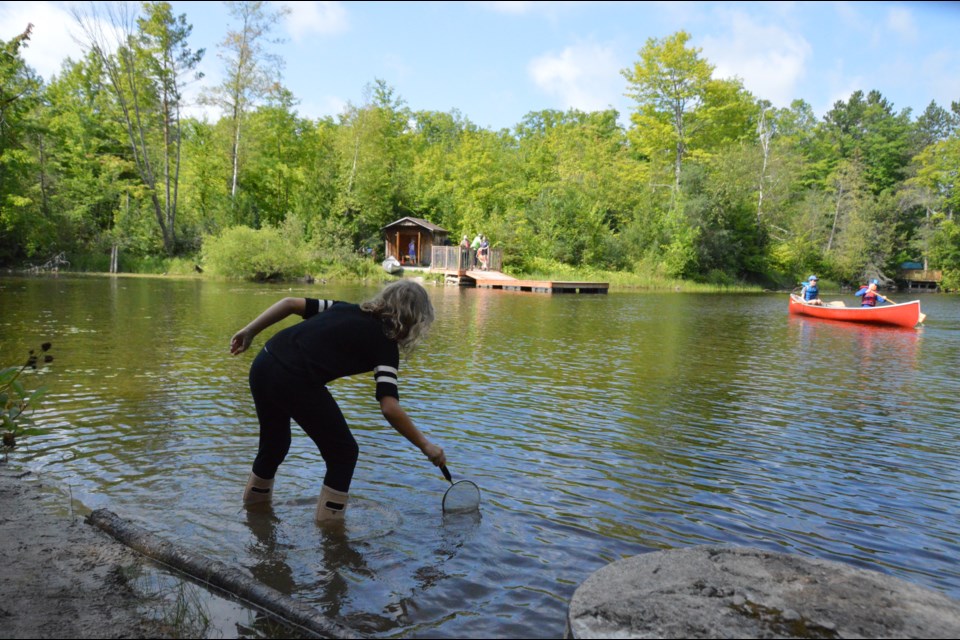“I’m so excited! This is my second time in a forest!” “This was the best day ever! I saw a bat and I learned how to use a map and compass.” “Wouldn’t it be crazy if frogs laid eggs?” “Can we please keep exploring?”
These are just some of the snippets environmental educators at the Nottawasaga Valley Conservation Authority hear throughout the day at the Tiffin Centre for Conservation and in classrooms across the Nottawasaga watershed.
Occasionally, students have questions and feelings about how the future looks for them, as they often come across information about climate change, the Great Pacific Garbage Patch, or animals and plants becoming extinct at an alarming rate. All of this is happening right before our eyes, but how do we turn negative emotions and apathy into motivation, positive action, and change?
One key solution is to spend time in nature so children will be able to develop a lifelong appreciation and a desire to care for our air, land, and water. In addition, spending time in nature provides time away from screens and gets kids to engage in much-needed physical activities, which leads to reduction in stress, anxiety, ADHD symptoms, and diabetes.
Many parents understand this and are actively finding opportunities to bring their families into nature to foster this relationship. However, this responsibility also falls on our school systems and governments.
Schools and teachers recognize these connections and wish to expose students to real-life experiences and opportunities to learn about nature. Many teachers rely on specialized education programs offered at conservation authorities and other outdoor education centres to provide these opportunities.
Through these enhanced curricula, students learn about waste reduction, energy conservation, the responsible use of natural resources, and other sustainable practices. Enabling these practices to be understood and implemented leads to cost savings for municipalities, and contributes to the health and sustainability goals of our communities.
By instilling environmental values and an understanding of local ecosystems, our youth will contribute to their communities’ long-term sustainability. Participation in community clean-up events and environmental initiatives will create a sense of belonging and responsibility.
The passion for outdoor activities and the urge for a cleaner environment are proven to develop healthier lifestyles among residents. This, in turn, reduces health-care costs and enhances the overall physical and mental health of the community.
It is when our youth establish these connections with nature that we will see a future with a more stable climate, healthier soils, and cleaner water. The testimonies quoted at the beginning of this column have the potential to create future ecologists, environmental educators, parks maintenance workers, environmental scientists, and conservation officers.
As these students grow into adults, they will continue to support and champion sustainable practices, benefiting their communities’ natural habitats and environmental goals for years to come.
Naomi Saunders is the manager of environmental education at the Nottawasaga Valley Conservation Authority.



